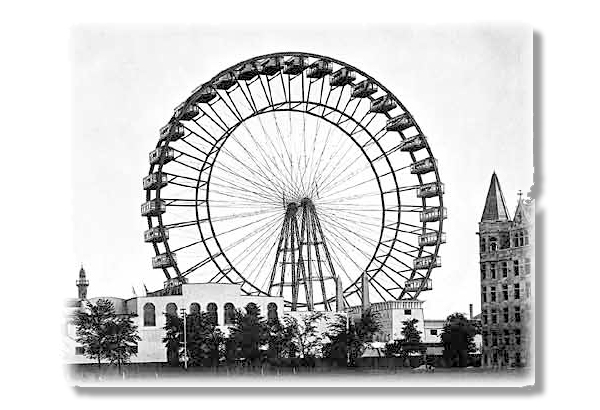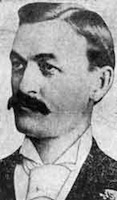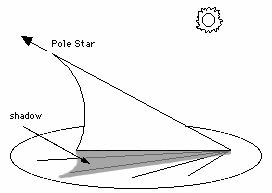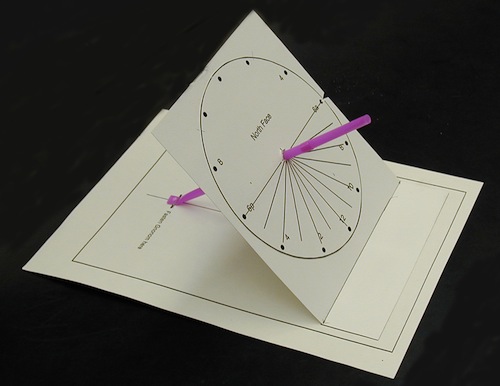World’s Columbian Exposition of 1893
The World’s Columbian Exposition of 1893 in Chicago was the subject of a book my wife, Melanie, and I discussed. The exposition was in celebration of the 400th anniversary of the discovery of the Americas by Columbus. A centerpiece of the exposition was the huge Chicago Wheel 264 feet high, meant to rival the Eiffel Tower. I love science and technology. The idea of this giant wheel being the first Ferris wheel fascinated me.

 Rotating wheel rides have been around since the 17th century. They were known as ‘pleasure wheels’. George Washington Gale Ferris, Jr. secured the patents for the larger metal concept which came to be known as Ferris wheels. Ferris was born in Galesburg, IL, in 1859. That is not far from where I grew up. The family moved to Nevada when he was six. He attended college at California Military Academy in Oakland, CA where he graduated in 1876. He graduated from Rensselaer Polytechnic Institute in Troy, NY in 1881 with a degree in Civil Engineering. He started work in the railroad and bridge industry. Upon moving to Pittsburgh, he started a company to test metals used in the rail and bridge industries.
Rotating wheel rides have been around since the 17th century. They were known as ‘pleasure wheels’. George Washington Gale Ferris, Jr. secured the patents for the larger metal concept which came to be known as Ferris wheels. Ferris was born in Galesburg, IL, in 1859. That is not far from where I grew up. The family moved to Nevada when he was six. He attended college at California Military Academy in Oakland, CA where he graduated in 1876. He graduated from Rensselaer Polytechnic Institute in Troy, NY in 1881 with a degree in Civil Engineering. He started work in the railroad and bridge industry. Upon moving to Pittsburgh, he started a company to test metals used in the rail and bridge industries.
More about this engineering marvel and the exposition of 1893.




 A gnomon is a shaft that helps indicate time by the shadow it casts. They can be simple such as a stick in the ground, or highly ornate, as the one above. They can stand vertical, horizontal, or in between. They can be made of many different kinds of materials. How they are incorporated into a sundial design by the maker varies in thousands of ways, often very creatively.
A gnomon is a shaft that helps indicate time by the shadow it casts. They can be simple such as a stick in the ground, or highly ornate, as the one above. They can stand vertical, horizontal, or in between. They can be made of many different kinds of materials. How they are incorporated into a sundial design by the maker varies in thousands of ways, often very creatively. A simple and traditional design of a sundial involves a horizontal plate with a gnomon pointing toward the north star. In this version, the gnomon is a triangular shape. That makes no difference. It just needs to cast a shadow.
A simple and traditional design of a sundial involves a horizontal plate with a gnomon pointing toward the north star. In this version, the gnomon is a triangular shape. That makes no difference. It just needs to cast a shadow.
